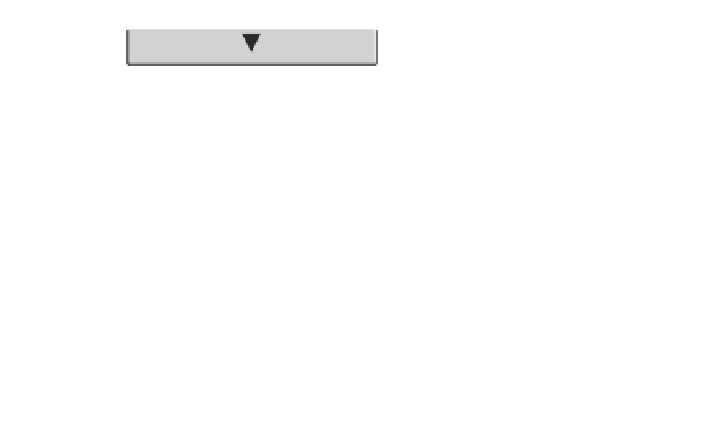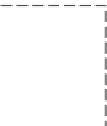Civil Engineering Reference
In-Depth Information
F
p
Thermal camera
Temperature
measurements
Press
Insulation
Punch
Workpiece
Die
Position and
Force
measurements
Insulation
F
p
DAQ System
A
V
~
_
Power source
Fig. 11.1
Schematic of an EAB test [
1
,
2
]. The setup consists of an insulated and adjustable
bending die, along with insulation to guide the electricity into the workpiece
current (not continuously applied) is applied through the dies to the workpiece.
Since air bending is stretching the metal (i.e., the material cross section decreases),
the pulse electrical application technique will be used where the electricity is
applied in pulses with a set duration and spaced over a given period of time. The
model may be used for determination of the state of stress and strain during the
deformation and its dependence on different parameters of the applied current
(e.g., current density, pulse duration, and pulse period). The derivation begins
by establishing equations for the effective stresses and strains acting on a plasti-
cally deformed sheet metal part in classical bending based on the first principle of
mechanics. The material is assumed to follow the power law,
σ =
C
ε
n
where
σ
is
the flow stress,
C
is the strength coefficient,
ε
is the effective strain, and
n
is the
strain hardening exponent. The bending is assumed to be under plane strain condi-
tions (no strain in the width direction), and a transverse force acts on the flat strip
of sheet metal through the punch. The forces acting on the material are shown in
Figs.
11.2
and
11.3
. Using equilibrium of force and moments, the equations for
bending force are established for the classical process, and the deformation energy
can be computed.
Using this model as a starting point, the next step is to include the effects of
the electrical current applied to the workpiece during the process: energy effect,
expressed by the EEC, and the temperature rise effect (e.g., 1-EEC). The ana-
lytical model is validated via experiments for classical (non-electrical) and EAB
tests run on 304 Stainless Steel sheet specimens. The effects of the electric current
applied on the bending forces and springback reduction achieved are also investi-
gated experimentally for different electrical parameters (i.e., current density, pulse



















































